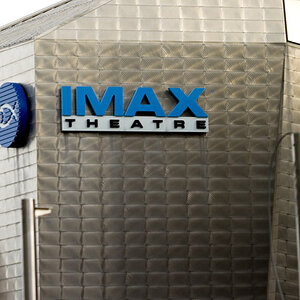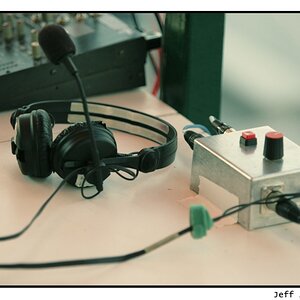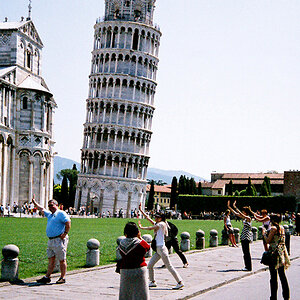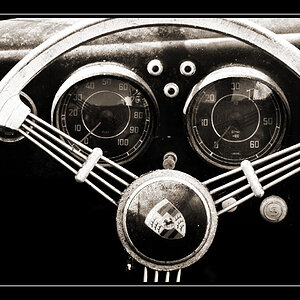JimMcClain
No longer a newbie, moving up!
- Joined
- May 25, 2014
- Messages
- 616
- Reaction score
- 420
- Location
- Feather River Country
- Website
- 1footinthegrave.com
- Can others edit my Photos
- Photos OK to edit
A year ago last August, Reuters fired all its No. American sports photographers. Apparently, that wasn't the end of it.
Excerpt:
Read the whole article: Reuters Layoffs Continue as the Company Continues to Rework Its Photography Department
So, I guess becoming a freelance photographer for an organization like Reuters is off my bucket list.
Jim
Excerpt:
Gannon Burgett said:Earlier this week, more members of the photography staff at Thomson Reuters were let go in the multi-national media company’s ongoing effort to downsize and focus its workforce, especially in the imaging department.
Read the whole article: Reuters Layoffs Continue as the Company Continues to Rework Its Photography Department
So, I guess becoming a freelance photographer for an organization like Reuters is off my bucket list.
Jim






![[No title]](/data/xfmg/thumbnail/38/38444-6063bb59cb410c520a1ccccbe58db9c7.jpg?1619738614)

![[No title]](/data/xfmg/thumbnail/34/34122-fb99897e57c9440aede4be4fdc5f1352.jpg?1619736292)
![[No title]](/data/xfmg/thumbnail/35/35952-55c8d42ec1c6ff0e13b45356cbf9c068.jpg?1619737263)


![[No title]](/data/xfmg/thumbnail/37/37625-7e132688457d56e50320a8c99a79fe38.jpg?1619738154)

